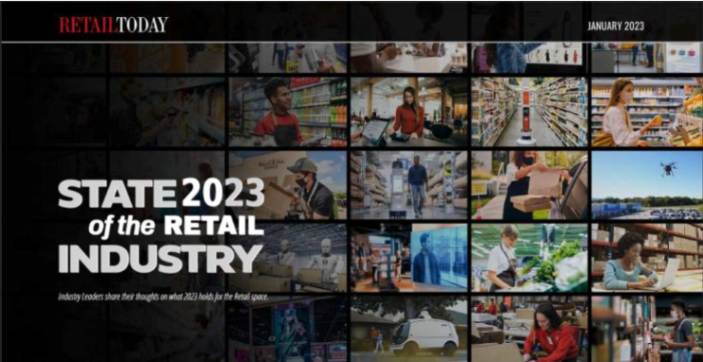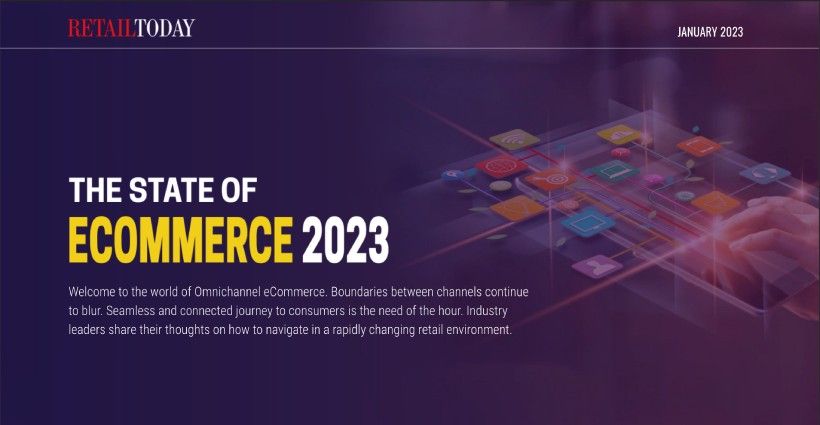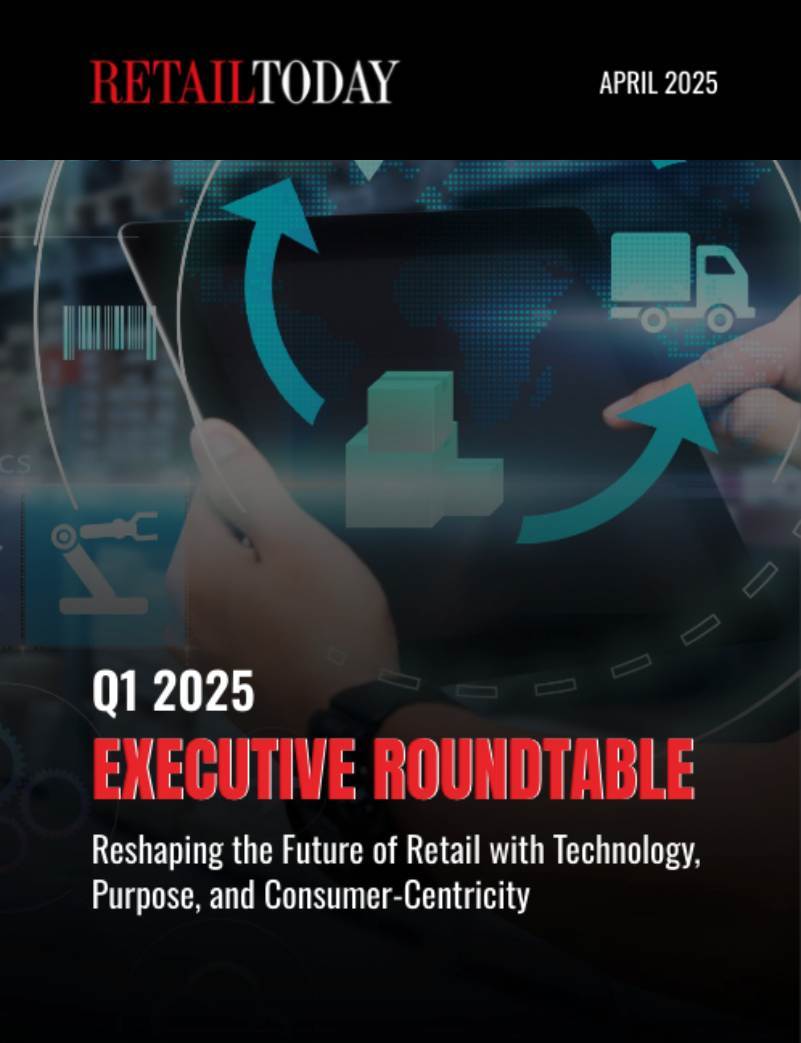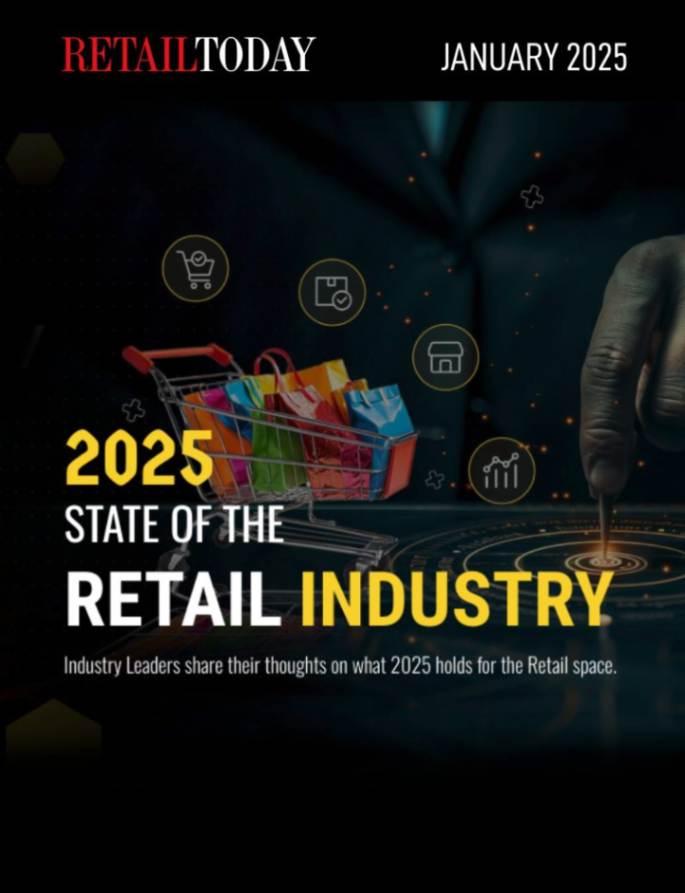
Today’s consumers want what they want when they want and can order almost anything on demand with just a click of a button or a tap of their finger. They can shop for groceries online, order a new pair of shoes with curbside pickup and have their favorite meal delivered to their door within minutes.
The hyper demand for convenience and flexibility took off during the pandemic when consumers relied heavily on online ordering, delivery and curbside pickup. In fact, two-thirds of millennial consumers chose curbside pickup as their preferred delivery type in 2022, with the majority of Gen Z and bridge millennial consumers favoring it as well.
With consumers now expecting convenience, flexibility and personalization, retailers are facing new challenges with how to reach the customers they used to see shopping in their physical stores. Here are a few tips on how retailers can reach shoppers in the dynamic age of curbside pickup and delivery:
Change the way you think about the consumer
The retail landscape is rapidly changing, and the consumer continues to change along with it. Due to constant technological advances and changes in the marketplace, the consumer of today looks quite different than it did even five years ago.
As consumers and their shopping preferences continue to shift, it’s critical for retailers to change how they think about modern customer engagement and revamp the traditional go-to strategies that they’ve relied on in the past. Retailers should study sales data to find out how customers are currently shopping and determine if an adjustment is needed in mobile ad placement or if they need to develop strategic partnerships to reach consumers. This also might require revisiting how retailers communicate with customers or how they push out coupons or sales material via apps.
By learning to think about today’s consumers outside of the in-store experience, retailers can ensure that they are set up for success in the future.
Encourage impulse purchases and serve ads on the retailer side
With 32.8% of Americans shopping in stores less overall, and some consumers leveraging BOPIS as their preferred way to shop, this largely eliminates the possibility of any impulse purchases, which could force retailers into losing out on substantial sales.
This requires retailers to become creative with ad placements to encourage impulse buying online during the checkout process. Retailers can provide personalized suggestions to consumers while shopping online or even allow consumers to add other items after they’ve checked out.
Make loyalty count
As much as consumers want convenience, they also want a great deal. With increasing prices on everything from food to clothing, rewarding people who shop frequently can help to drive sales as well. Sending personalized coupons or early access to popular items can show consumers you want their business and that you care about what is important to them.
There’s no doubt about it: the retail landscape is rapidly changing and consumers are motivated by the flexibility and convenience of curbside pickup, delivery and online shopping.
In today’s ever-evolving market, accurately predicting consumer behavior is a daunting but crucial task to remain competitive. However, retailers can use data to predict outcomes and remain competitive while adapting to the new shopping landscape.
Retailers who embrace the changing preferences of consumers and leverage new technology to meet their needs will be ahead of the pack and easily able to attract new customers and keep existing ones.
Jessica Powell is the Associate Media Director of Retail Media at Goodway Group. She has over 15 years of experience in marketing and digital marketing built on a solid foundation of media planning, strategy and buying. She currently resides in Phoenix, AZ.






